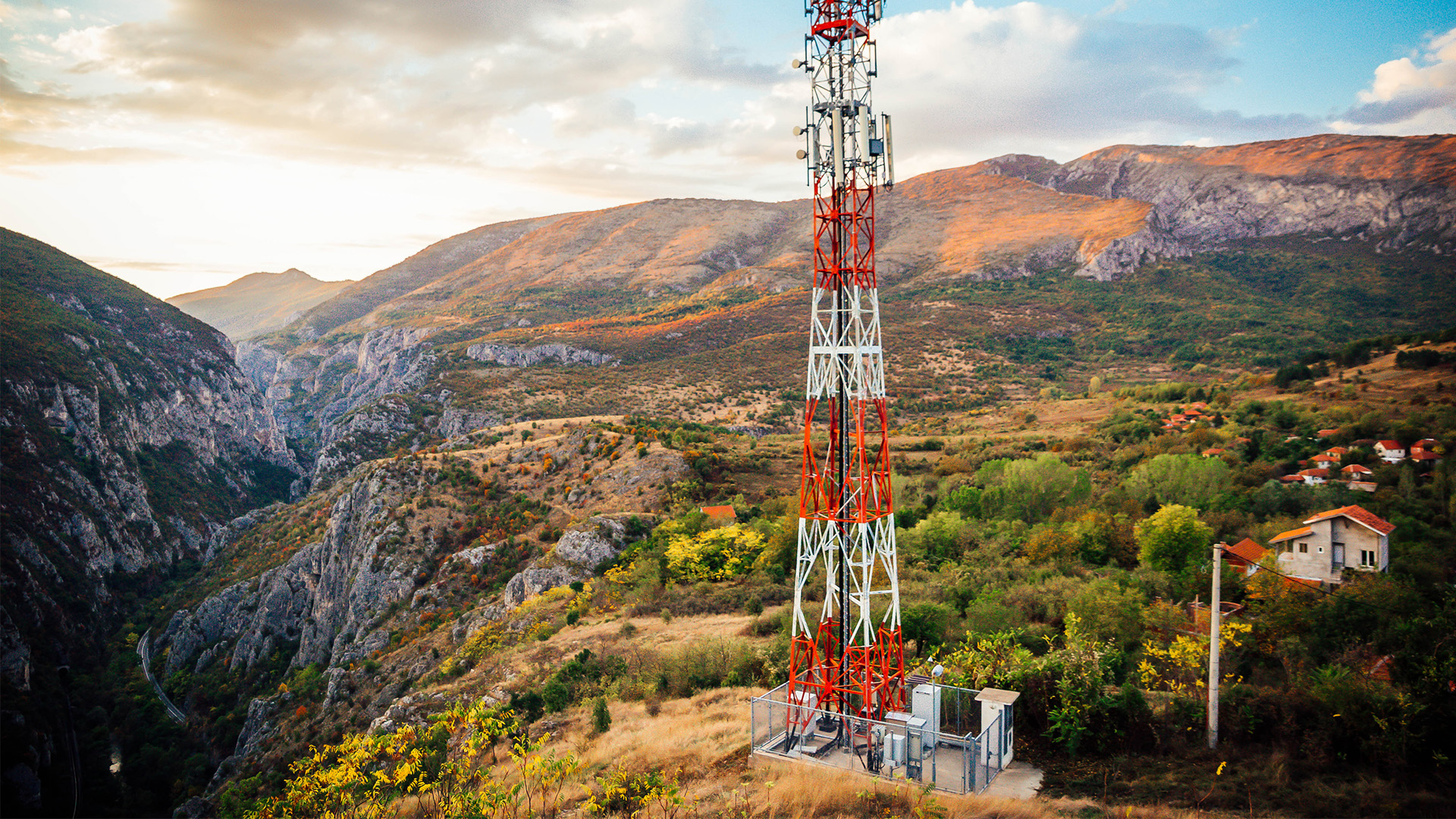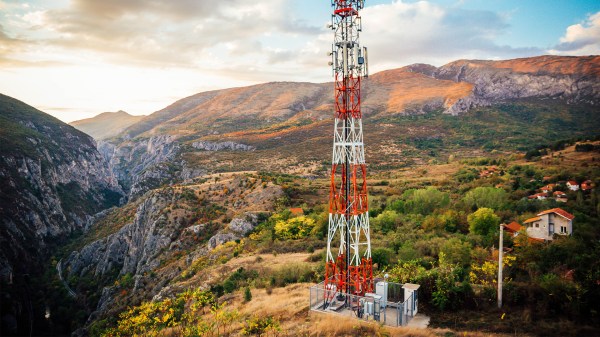

In part two of our series, “How Web 3.0 Will Forever Change Your IT infrastructure,” we explored how software is fundamentally reshaping IT infrastructure and transforming the experience of managing it. In this third and final installment, we look at the other major evolution Web 3.0 is driving within IT infrastructure: a move to the “edge.”
Over the last few years, the edge has become the most talked-about aspect of IT infrastructure, largely driven by the arrival of the first 5G networks. As a result, the vision of the edge that has predominantly taken hold is one of small, modular data centers—sitting at the base of cell towers to speed the delivery of content and application data by being “one hop away” from end user devices (i.e. cell phones). This is a misleading over-simplification.
The reality is more complex, akin to The Blind Men and the Elephant fable. It is now clear that the edge means something very different, depending on one’s perspective.
The Edge: Driven by Geographic, Application, and Latency Requirements
In one sense, the edge is geography-specific. Today, much of the Internet’s content is still centralized in data centers located in tier 1 and 2 metros. Emerging IoT applications and sensors may someday create the need for an edge that can support compute and storage in remote locations, but it’s just as likely the edge will continue to be built out in large cities as well. This is the edge that is actually getting the most traction today, as hyperscalers, like AWS, establish their first forays into the edge in large metros such as Los Angeles. This makes perfect sense and follows the simple logic of the famous bank robber Willie Sutton, who when asked why he robbed banks, replied, “Because that’s where the money is.” Large metros are still where the majority of users and data are located.
In another sense, the edge is application-specific, and the configuration of its infrastructure varies accordingly. The edge for a hyperscaler that’s building a new availability zone in a tier 2 metro requires several thousand square feet of space and several MW of power, but this doesn’t warrant building a dedicated facility.
Instead, an existing, multi-tenant data center (MTDC), like DataBank’s, provides the ideal solution. For a network provider looking to deploy new 5G towers—or extend an undersea cable landing further inland—the edge may require far less space and power. It also might be in a unique location where no data center is available. In that case, a modular, micro-data center —with half-cabinets and kWs of power is the perfect option.
There is also an element of the edge that is performance/latency-specific. For instance, video and e-commerce applications may continue to be adequately served by data centers, cloud platforms, and CDNs in the tier 1 and 2 metros where they exist today. Those applications perform fine even with the 15-100ms of latency that occurs between a user and a server hundreds of miles away.
However, augmented reality or gaming applications that require sub 15ms response times may need to reside far closer to end users. Here again, that could be a modular solution in one geography or a large MTDC in another.
A Ubiquitous, Multi-Modal Edge in Three Platforms
This is why, at DataBank, we think of the edge as ubiquitous—everywhere and multi-modal—existing in different forms, depending on the business and application it’s supporting. Our notion of a Digital Asset Allocation strategy is rooted in the idea of helping IT leaders ensure their applications and data are deployed on the right platform, at the right edge, at the right time, and for the right audience. To support this strategy, we developed three specific edge platforms:
DataBank Corners the Edge
With these three edge platforms, DataBank is poised to help any company meet the edge demands they have today and tomorrow, regardless of application or location. We don’t stop there, though. Our Data Center Evolved model provides all the options you need to make sure your infrastructure at the edge is managed, secure, and compliant. In addition, our Customer Portal gives you all the visibility and control you want to make sure your applications are on the right infrastructure, at the right time, in the right place, and for the right audiences.

Discover the DataBank Difference today:
Hybrid infrastructure solutions with boundless edge reach and a human touch.